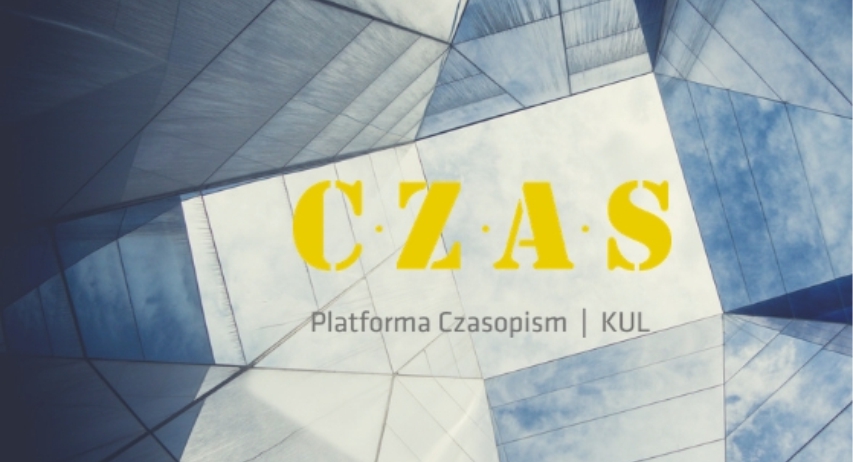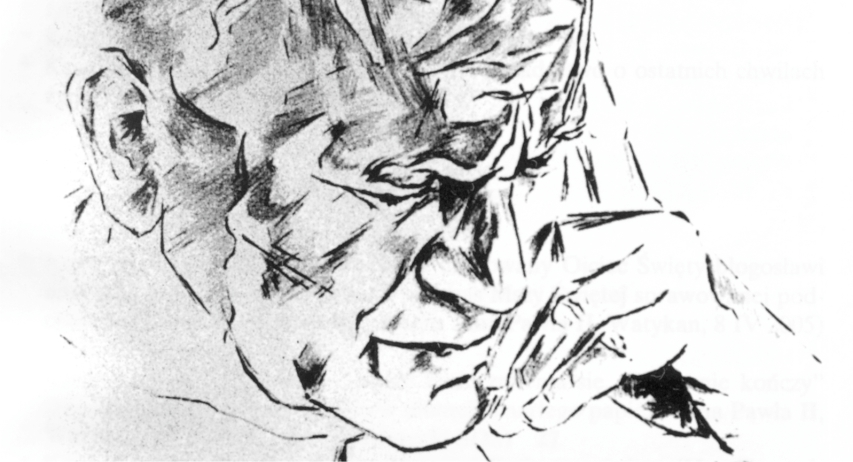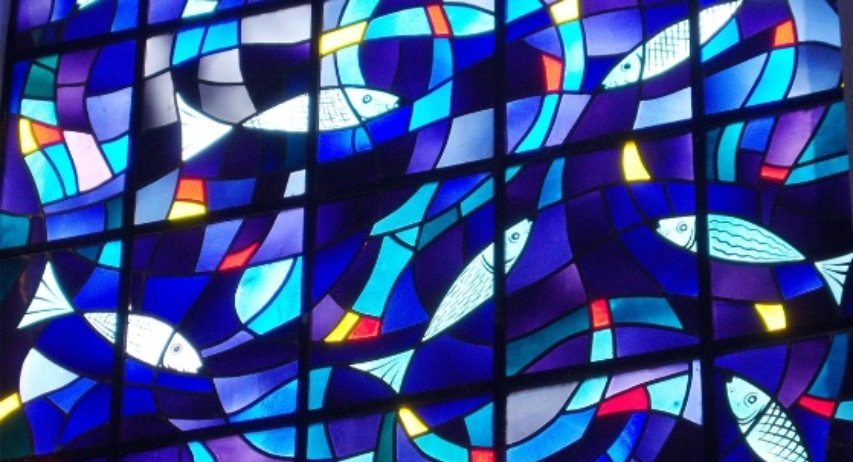Guidelines for authors
The themes of the forthcoming issues of Ethos. Kwartalnik Instytutu Jana Pawła II KUL are announced at a year’s notice on the back cover of the volume and on the Journal’s website. Articles addressing the themes of individual issues can be submitted as soon as the theme is announced. Submissions are subject to double-blind peer review by two independent external referees, as well as to editorial revisions. The Editorial Team’s decision to publish a scholarly text takes into account the following criteria: originality, academic standard, relevance to the Journal’s profile, the content of the review, as well as the opinion of Editorial Committee members. Authors are not remunerated for the publication of their contributions.
General rules
A submitted article should not exceed 20 typescript pages (40,000 characters including spaces). Review articles and reports should not exceed 10 pages (20,000 characters including spaces).
An article should be followed by a bibliography with a complete list of references, an abstract (up to 1,800 characters including spaces), and keywords.
The abstract should state the paper’s purpose and outline its problem, the research methods used, the author’s conclusion, and the proposed further research on the subject.
The bibliography entries should be composed as follows:
– a book:
Buttiglione, Rocco. The Thought of the Man Who Became Pope John Paul II. Translated by Paolo Guietti and Francesca Murphy. Grand Rapids, Michigan, and Cambridge, U.K.: William B. Eerdmans Publishing Company, 1997.
– a journal article:
Anscombe, Gertrude Elizabeth Margaret. “Modern Moral Philosophy.” Philosophy 33, no. 124 (1958): 1–19.
For other examples, please consult the latest edition of The Chicago Manual of Style.
Authors are requested to fill in our originality statement [click here] and the form [click here] upon which their bios will be created and send them to the Editorial Office either as an e-mail attachment or via the CzasKUL platform.
Submitting an article for publication is tantamount to declaring that the text has not been published elsewhere, also in electronic form, and that it has not been submitted with other publishers, is not part of a monograph, and does not infringe third-party rights.
Texts that have been prepared for publication should be sent to the Editorial Office’s e-mail address or submitted via the CzasKUL platform. The Managing Editor confirms the receipt by e-mail.
As a rule, we do not accept materials that have been published in print or online except translations of texts that have yet not been available in Polish.
The text of a lecture or a conference paper should include information when and where it was presented.
Submitted articles undergo a double-blind peer review by two independent, external reviewers, representing institutions other than the one with which the author is affiliated. Submissions accepted for publication are subject to editorial and language revision followed by authorization.
Please, do not include in the text any information that would reveal the author’s identity. This will streamline the anonymous review process.
Authors are kindly requested to declare the contributions of all co-authors (including their affiliations and the nature of their contribution), as well as the sources of funding for the research carried out in the process. Ghostwriting and guest authorship are signs of academic dishonesty, and all detected cases will be documented and disclosed.
The Editors reserve the right to edit the submitted texts in terms of language and editorial style.
The format of the submission
Submissions should be made electronically as .doc or .docx files.
The paper should be prepared in line with the latest edition of The Chicago Manual of Style.
Use Times New Roman 12 pts throughout, do not highlight quotations with a different font, size or column width.
The preferred line spacing is 1.5.
Paragraph indents should be made with the TAB key, not multiple spaces.
Number the pages.
Use footnotes (not endnotes).
Footnotes should contain bibliographical data; all other information and arguments should be provided in the main body of text.
Keep text formatting to the minimum.
Illustrations
Authors are obliged to obtain permission to publish any copyrighted material accompanying their works (e.g., photographs, facsimiles, artwork reproductions). Graphical attachments should be 300 dpi (preferably in TIFF format), each illustration should be accompanied by information on its content, source and any other copyright credits.
Citing texts written in a language different from that of the submission
Never retranslate from an already translated version. If you are unable to locate the original version of a given passage, resort to paraphrase.
Use Latin script in your submission; for words in languages that use non-Latin script, apply transliteration/transcription.
Footnote formatting
Whenever a work is cited for the first time, the footnote must include full bibliographical information, as shown below:
– a book:
Rocco B u t t i g l i o n e, The Thought of the Man Who Became Pope John Paul II, trans. Paolo Guietti and Francesca Murphy (Grand Rapids, Michigan, and Cambridge, U.K.: William B. Eerdmans Publishing Company, 1997).
– a journal article:
Gertrude Elizabeth Margaret A n s c o m b e, “Modern Moral Philosophy,” Philosophy 33, no. 124 (1958): 1–19.
– an article (a chapter) in an anthology:
Stanisław J u d y c k i, “Istnienie i natura duszy ludzkiej,” in Antropologia, ed. Stanisław Janeczek (Lublin: Wydawnictwo KUL, 2010), 121–77.
For quotations, specify only the page number.
A subsequent citation of the work already cited in full should be shortened and include only the author’s surname, the title of the work, and page number.
For classical works with internal notation, use it after the title, e.g.:
P l a t o, Timaeus, 86 b-c, in Plato, Timaeus and Critias, trans. Desmond Lee (London: Penguin Books, 1977), 116.
Teachings of John Paul II should be quoted after the English edition of L’Osservatore Romano, Vatican editions or the Vatican website.
Specific recommendations for Polish authors preparing their submissions in English
Quotations from texts originally written in English should come from their original versions. Quotations from texts originally written in languages other than English should come from their available English translations. If an English translation of a given text is not available, a note should be made that the translation is the author’s, or other translator’s name should be stated. If the available English translation of a particular excerpt is inadequate, you may provide your own, but a note about the availability of a published translation should be made.







